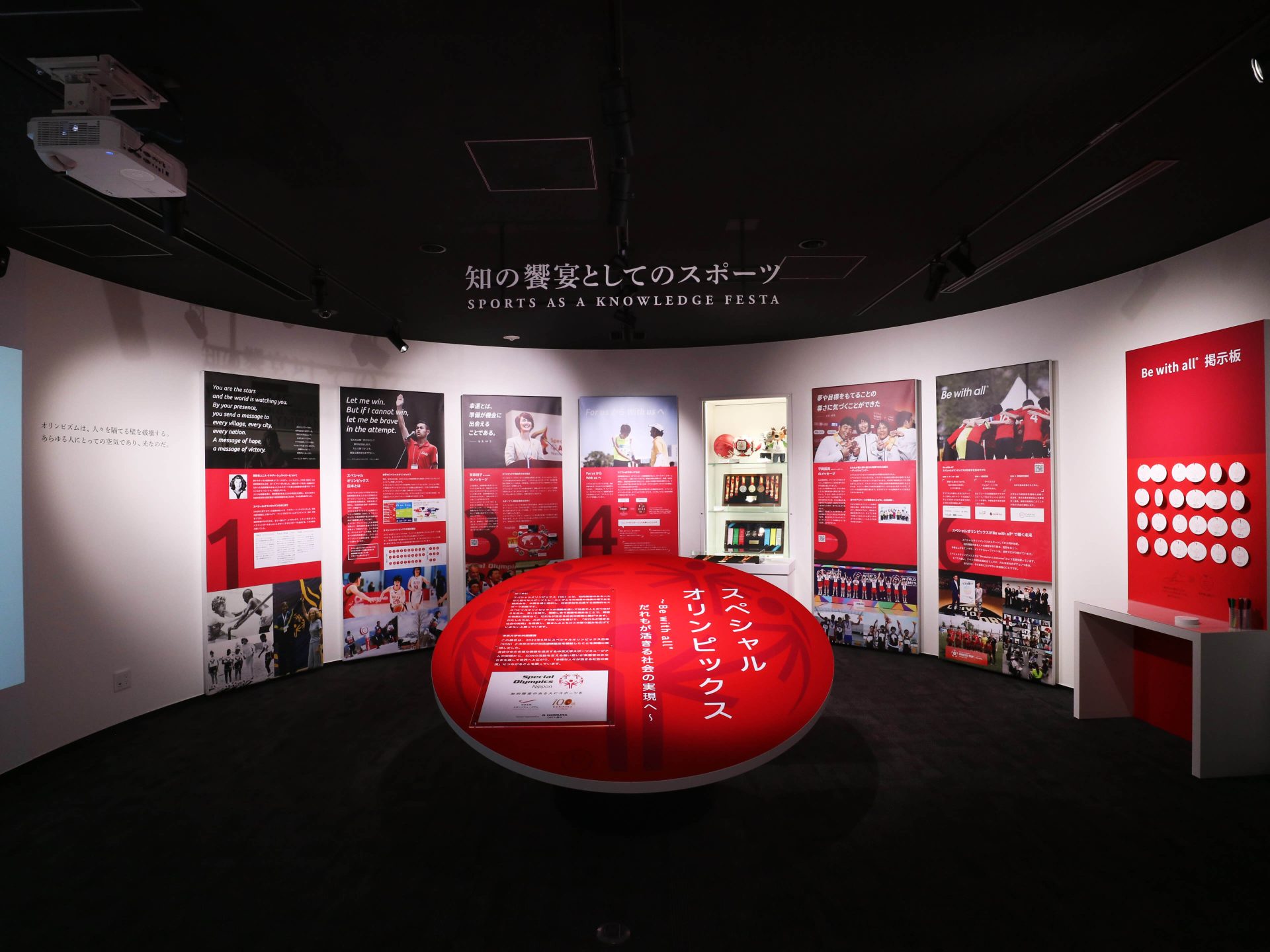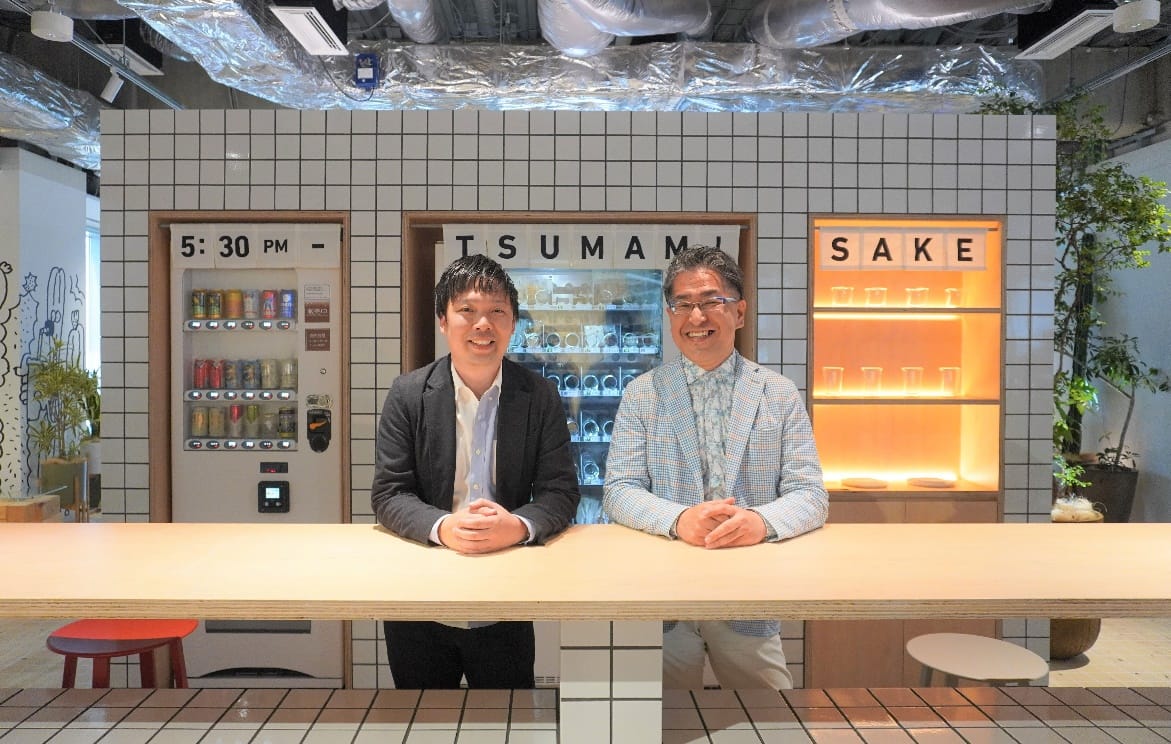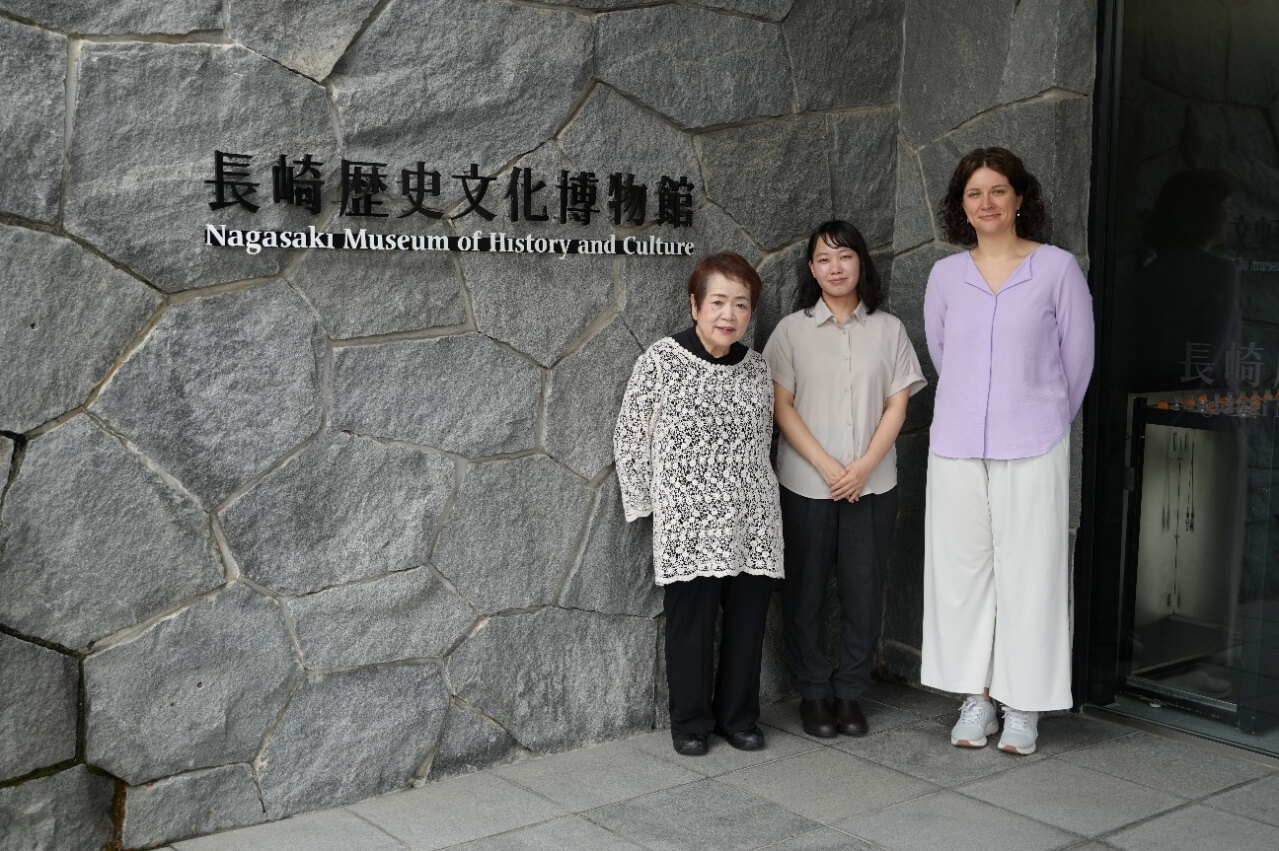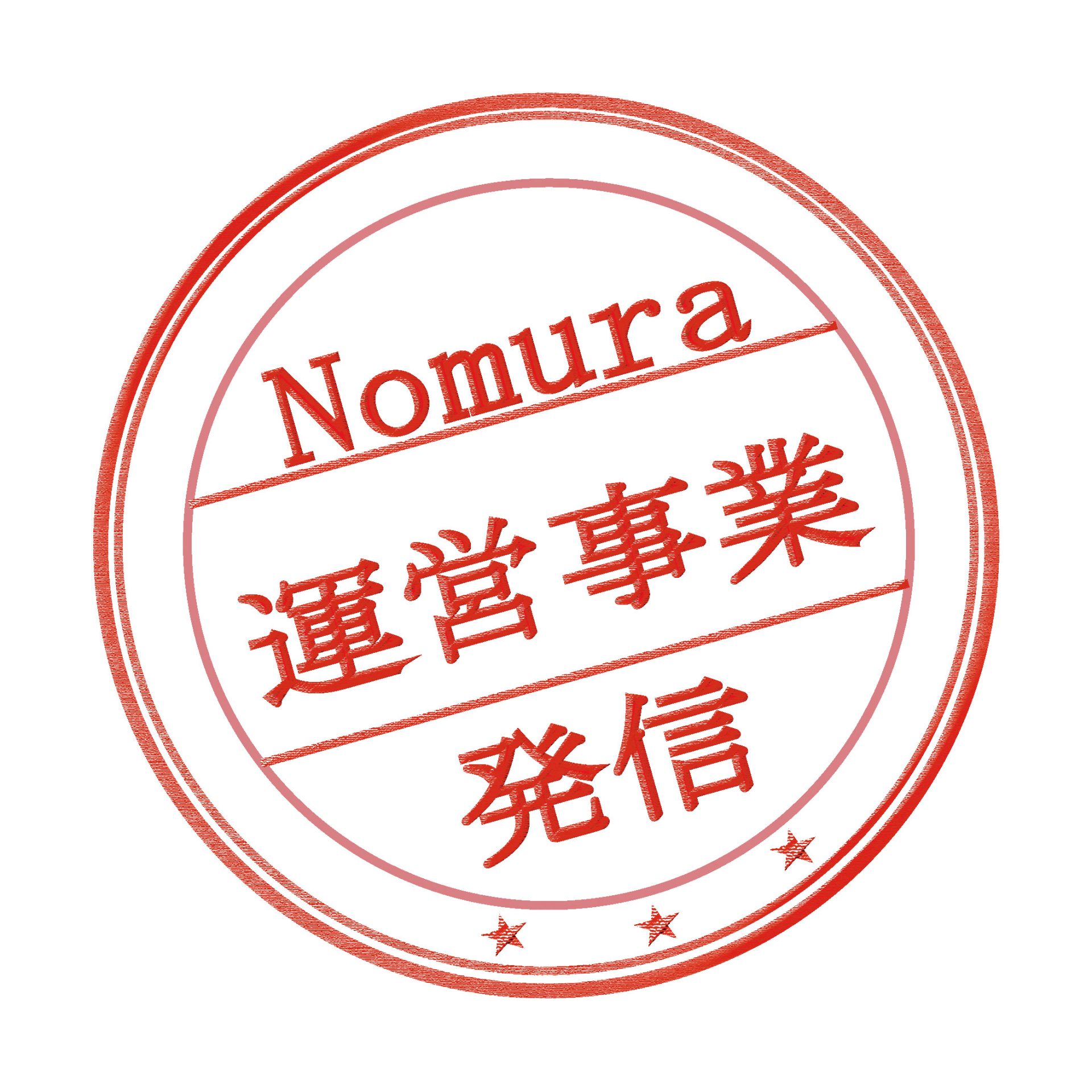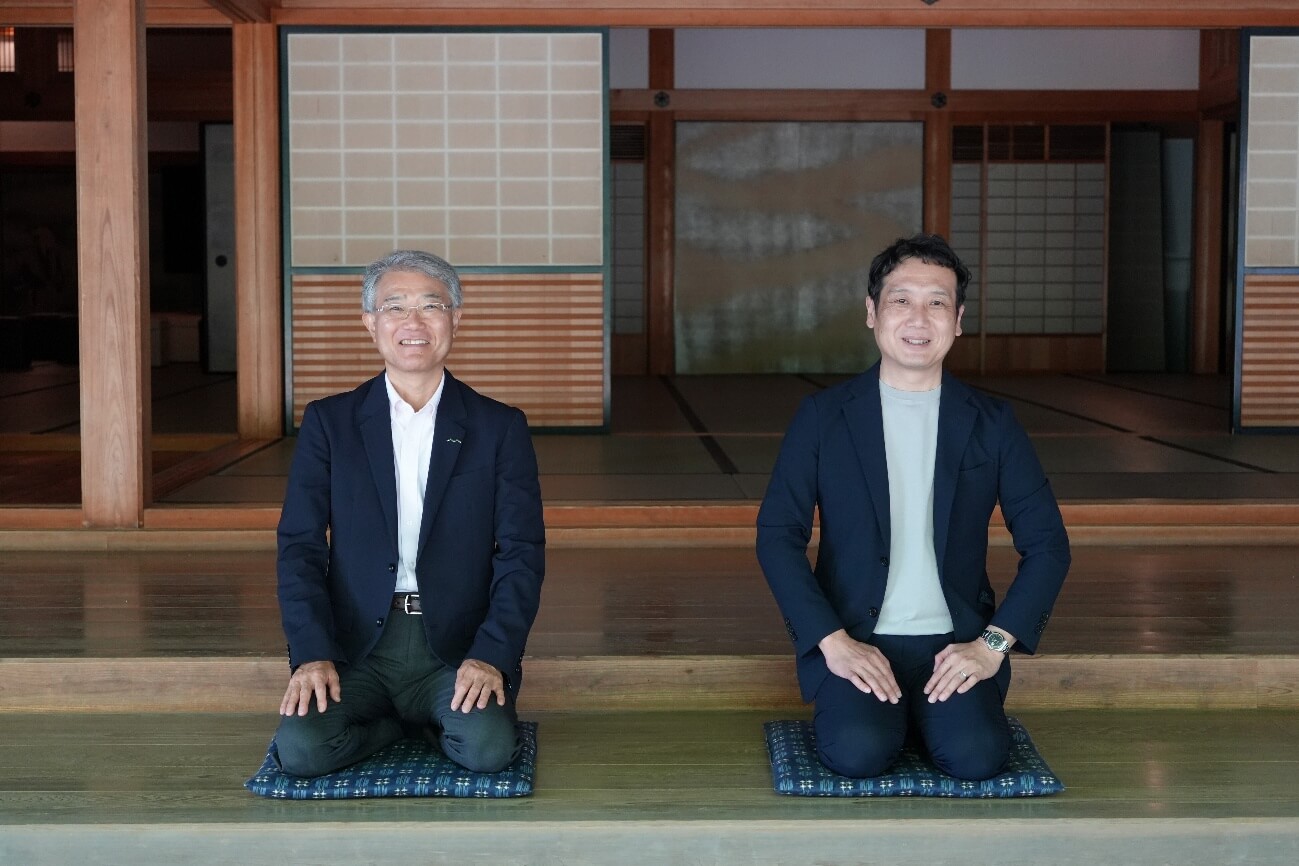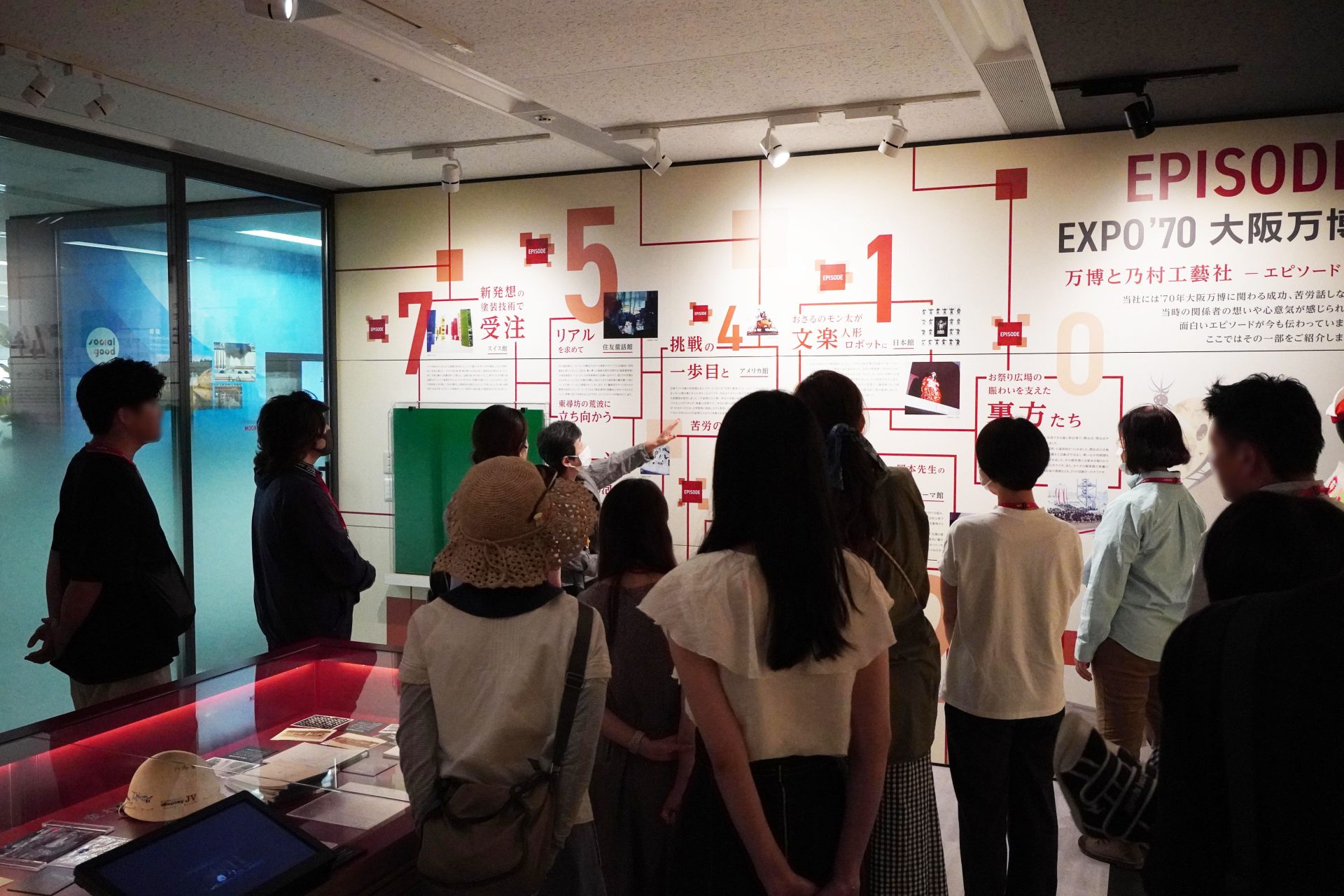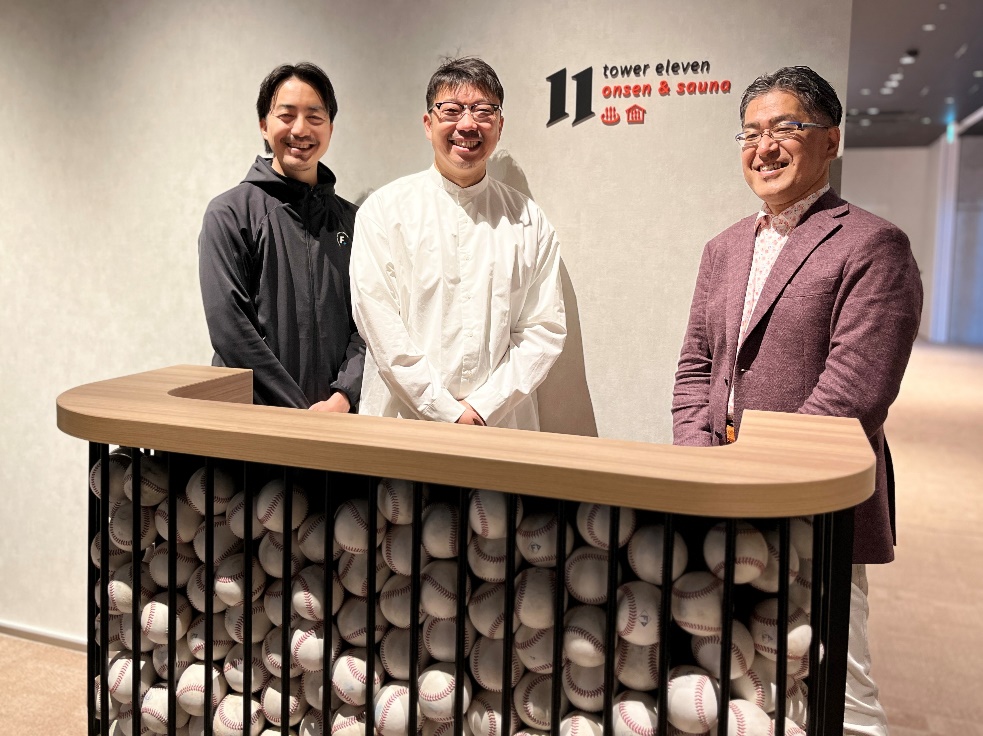
The Possibilities and Future of Sports Entertainment Spaces (Part 2)
2021/02/26- text and edit by
- Tetsuro Yasuda
In the first part, we organized and considered the changes in sports entertainment spaces, but in the second part, we will delve a little deeper and consider the elements necessary to create facilities in the “Sports Entertainment Space 2.0 Era”.
*Definition of “Sports entertainment space 2.0 era”
It is not just a dedicated ball game field, but by combining various functions to attract customers to the entire site, we will improve the purpose of the entire facility as a stadium park (soccer)/ball park (baseball) that can attract customers even on non-game days and non-events. . In contrast to stadium parks (soccer) and ball parks (baseball) that were born in Europe and the United States, plans to further evolve this way of thinking are increasing in Japan. defined as 'era'.
What elements are required in the “Sports Entertainment Space 2.0 Era”?
Effects of Changes in Consumer Preferences on Sports Entertainment Spaces

"Sports Entertainment Space 2.0 Era" is a phrase that expresses the state in which the creation of sports entertainment spaces and facilities in Japan is changing. And I think the underlying factor behind this is the change in how consumers enjoy entertainment.
That means
Change from WHAT (what you enjoy) to HOW (how you enjoy it)
I believe it is.
A business takes time, money, and effort.
Therefore, it is assumed that there is a core fan base that likes the sports team very much or is a big fan of the artist.
However, due to changes in consumer tastes, I feel that we have entered an era where that alone is no longer viable as a show.
In the past, the sports world had a clear distinction between popular teams and unpopular teams, and the popular teams naturally attracted a large number of visitors. In the music scene as well, there used to be a time when dozens of million-selling CDs were released every year, and artists who could attract audiences across generations appeared every year.
Today, however, consumer tastes are diversifying.
In sports, there is a tendency for popular teams to disperse due to community-based sales efforts, and in music, consumer options are expanding, such as artists who mainly stream streaming distribution and enhanced online content.
In such an era, the way people enjoy sports and music is expanding due to the diversification of tastes. It is necessary to provide measures to attract light fans who want to invite friends and others to come as a group.
What is important here is that the light fan base is compared to the core fan base.
Because
they are not people who say, "It doesn't matter how much money and effort you put into the performance target,"
It means that there is
a tendency to place more weight on "I simply want to have a good time".
For this reason, the idea of providing HOW (how to enjoy) from WHAT (what to enjoy) is necessary for the promoter.
It depends on who you go with, what time of day you go, and what kind of fun you can have. I think it means proposing how to spend time with entertainment, such as going to a live performance with friends and drinking alcohol while watching fireworks.
The first part has become a little long, but from here on, we will respond to changes in consumer tastes as described above.
I would like to consider
facility development in the "2.0 era" from three perspectives: (1) surrounding environment, (2) visitors, and (3) backyard.
Essential Elements of the “Sports Entertainment Space 2.0 Era” (1)
# An open facility that connects with the surrounding environment

The first point of view is the surrounding environment.
The key word here is "an open facility that connects with the surrounding environment."
This is based on the idea that the facility should be more open to the outside, rather than being completed as a single facility as it has been until now.
Connecting with the surrounding environment means coordinating with the surrounding nature and facilities, as well as incorporating local content.
The reason is that it is very important how you spend your time before and after the show, based on the idea of "HOW".
If you can play near the venue before the show, exercise, shop, or have a meal after the show, or enjoy other leisure activities, you should be able to spend 2-3 hours during the show. In addition to the stay, the length of stay will increase in the form of half a day, a full day, and so on. The longer you stay, the more money you will spend, which will have an economic ripple effect on the surrounding area. This applies not only to large cities, but also to regional cities.
From now on, Japan's population will continue to decline, and it will become more difficult to create prosperity in the region.
However, sports entertainment has the power to attract people from outside the region and generate consumption, as well as being the heart of the people in the region.
Therefore, if we can propose a way to spend time involving entertainment for local people and tourists, it will be a customer attraction device centered on sports entertainment. And in order to make such an attempt, I think it will be more important to have a vision in which companies and local governments work together for development, and I think that such facilities will be selected..
Essential Elements of the “Sports Entertainment Space 2.0 Era” (2)
#Facilities that improve the experience value of visitors

The second point of view is the visitor.
The keyword here is “a facility that improves the experience value of visitors”.
This is based on the idea that there is a growing demand for a change from a space that simply watches events (Watch) to a space that provides a complex experience (Experience).
The wave of DX has arrived in the world of sports entertainment as a result of the corona disaster. Online distribution and digital billing content have become commonplace, and distribution events without spectators are no longer rare. As 5G spreads further in the future, it is expected that the viewing style will evolve further and the boundary between real and virtual will disappear.
In such an era, it is necessary to have a purpose that makes you want to go to a real venue.
Therefore, it is important to create facilities and monetize measures that improve the experience value of visitors with space and digital technology. The key is how to provide experiences that cannot be experienced without going to the venue and the time that can not be experienced, and there will be opportunities for monetization. Conversely, I think that facilities that cannot respond to change will be weeded out in the medium to long term.
Indispensable Elements of the “Sports Entertainment Space 2.0 Era” (3)
#Facilities with enhanced backyard hospitality

The final viewpoint is the backyard.
This is "Facilities that enrich the hospitality of the backyard" The keyword is important.
At first glance, it seems that the enhancement of hospitality in the backyard has nothing to do with the changes in the "2.0 era". Facilities with well-equipped backyards are selected by good promoters, and as a result, the advantage of being able to provide events that attract customers there is.
Since visitors generally do not enter the back area, which is called the backyard, in domestic facilities, if the minimum necessary functions are satisfied, it is rare to set up a space that is more luxurious than necessary. (For example, backyard areas used by athletes include locker rooms, dining rooms, training rooms, and relaxation facilities, while artists use dressing rooms, staff waiting rooms, etc.)
However, overseas well-known sports entertainment facilities are practicing the idea that investment in the backyard will improve the winning rate of the home team and be a factor in being selected by prominent promoters and super artists, and is more luxurious than Japan. There are many cases where it is a space.
How much to invest in the backyard depends on the balance between cost and effectiveness, so it is not possible to say unconditionally whether it is good or bad. Therefore, the idea of enhancing hospitality for backyards may become the standard in Japan in the future.
I want to create the future of sports entertainment spaces!
Expanding the Possibilities of Ballpark and Arena Spaces

So far, we have considered the direction in which the sports entertainment space will move in the future.
As mentioned at the beginning of the previous section, In the "2.0 era", which has entered a new phase, stadiums and arenas have great potential for further evolution of space. I feel that this field is Promising growth areas in Japan I believe so.
Now that the "2.0 era" is about to begin, I am extremely happy to be involved in the work of creating the future of sports entertainment spaces, as someone who has always loved sports. I want to come
In the near future, I would like to plan the space, looking forward to seeing many spectators enthusiastic at the sports entertainment facility I was involved in.
Thank you for reading for me until the end.
*As ofFebruary 26, 2021
Examples of sports entertainment spaces
What is "Hokkaido Ballpark F Village" that NOMURA Co., Ltd. was involved in planning and designing?
The Birth of a “Ballpark the World Has Never Seen”
Hokkaido Ballpark F Village is located on a vast site of about 32 hectares, including the new baseball stadium of the Hokkaido Nippon-Ham Fighters. A new creative community space that aims to create a town. Inside the stadium, there are facilities such as the world's first "natural hot spring and sauna in the stadium with a panoramic view of the field", the first hotel in the stadium with a panoramic view of the field in Japan, and a museum, making it an innovative stadium that can be enjoyed all year round. increase. NOMURA Co., Ltd. is involved in the creation of spaces within the premium area and the stadium, and also carries out project management for the welcome monument and agricultural learning facilities. It is expected to be a co-creation space that leads to the revitalization of the local community and social contribution.
Hokkaido Ballpark F Village, which can provide this innovative spectator style, will become more and more popular as an innovative facility in the future.
Read the first part of the article here
The potential of sports entertainment space and its future (Part 1)
Like this article?


